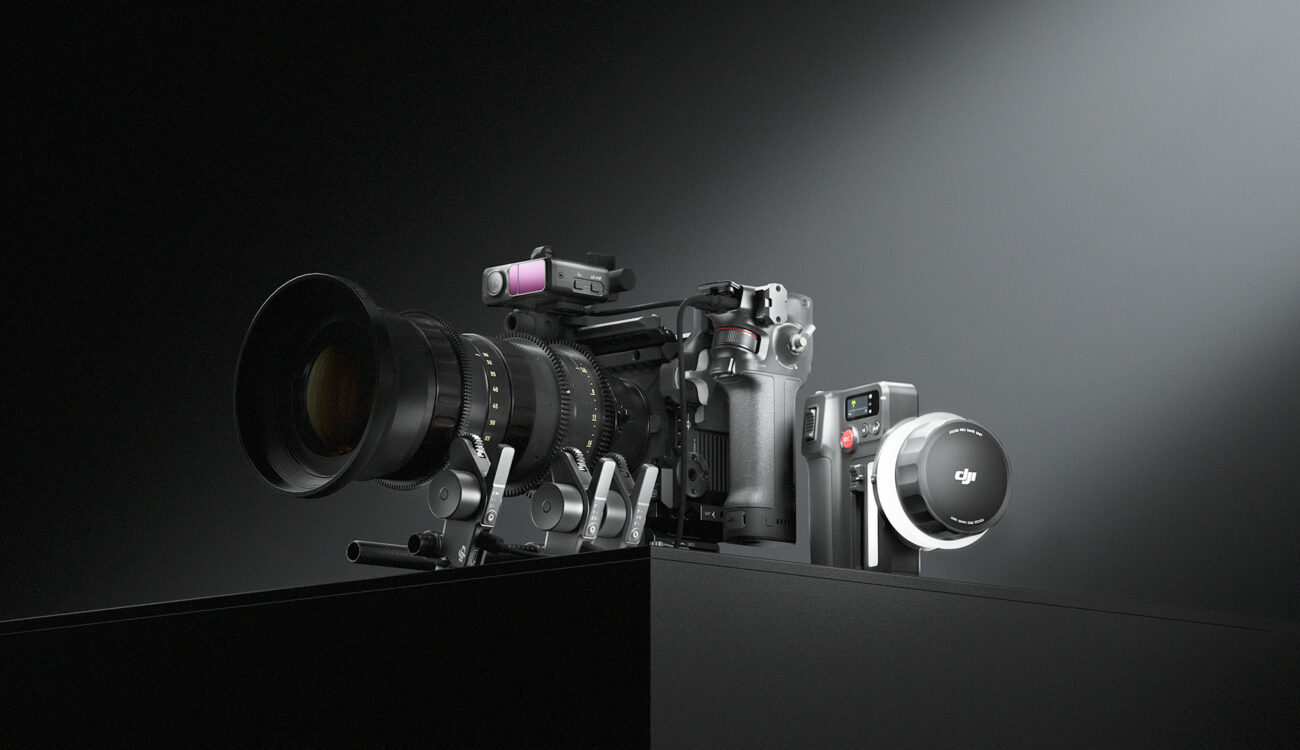
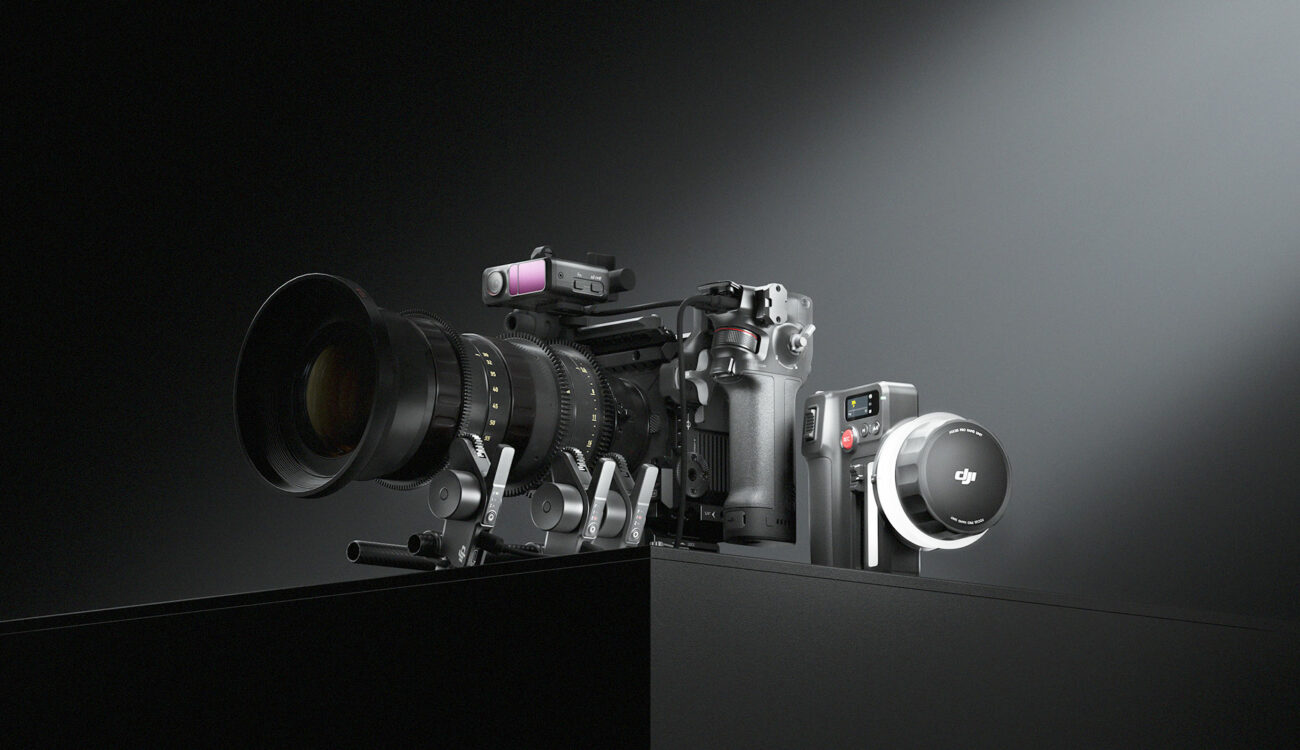
Alongside the RS 4 and RS 4 PRO gimbals, DJI also introduced a new Focus Pro lineup of products with a LiDAR sensor, upgraded Focus Pro motors, a Focus Pro grip, and a fully-featured Focus Pro hand unit which allows for Focus/Iris/Zoom (FIZ) control. So, let’s take a closer look at all these tools and explore their capabilities in providing autofocus-like functionalities with cinema lenses!
LiDAR sensors, which stand for “light detection and ranging,” basically use a laser to determine the distance between the sensor and an object (I’m keeping it very simple here). The most common LiDAR sensor usage is probably the sensor found at the back of most recent iPhones, which is used for the Portrait and Cinematic modes to create artificial depth-of-field.
When DJI launched the RS 3 and RS 3 Pro gimbals in June 2022, the company also released the LiDAR rangefinder for the RS 3 Pro. By mounting the LiDAR rangefinder on your camera, and more specifically at the sensor plane mark, this sensor connects to your gimbal and enables two features: ActiveTrack PRO via the built-in 30mm camera and focus tracking when a DJI Focus motor is connected to your gimbal.
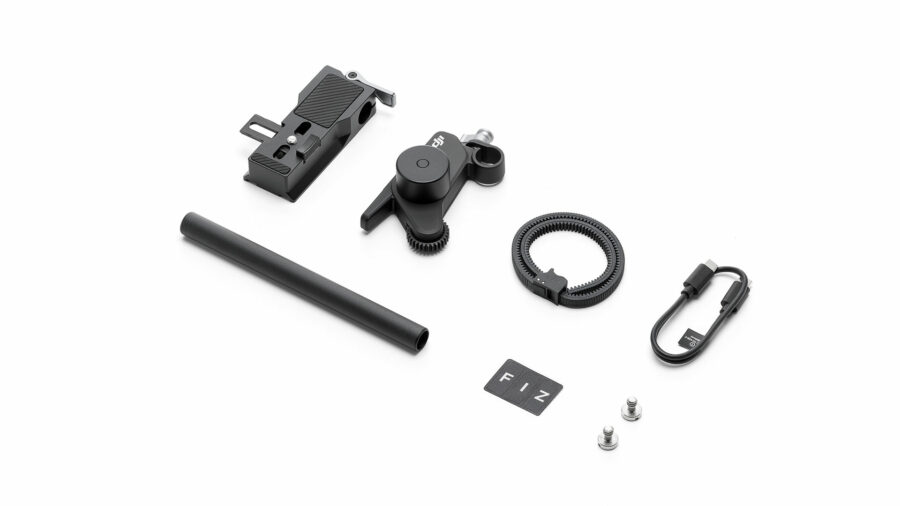
DJI Focus Pro Motor – features
The DJI Focus Pro ecosystem comprises four main components: the Focus Pro Motor, the Focus Pro Grip, the Focus Pro Hand Unit, and the Focus Pro LiDAR. Let’s start with the upgraded motor, which has an increased motor speed of 30%.
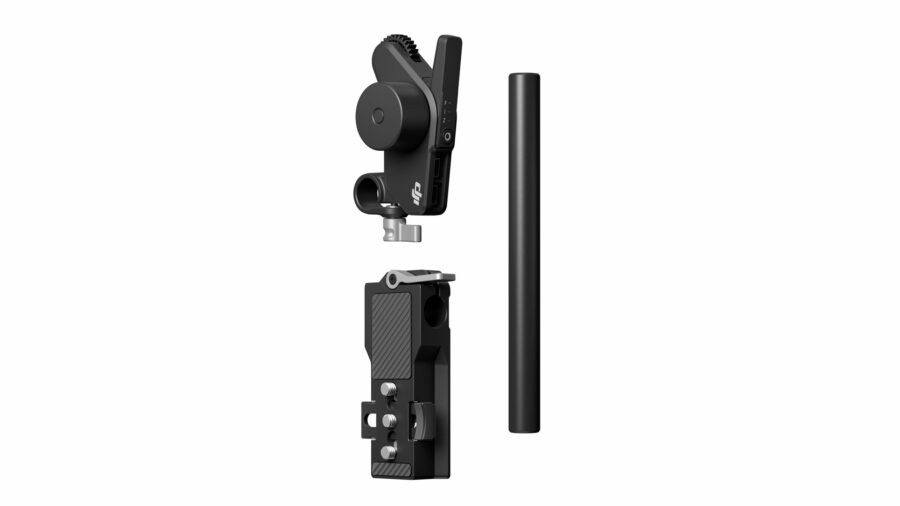
The Focus Pro motor attaches to your rig via a 15mm rod and requires external power via its USB-C port. A button on the side of the motor now allows you to assign each motor as either a Focus, Iris, or Zoom motor.
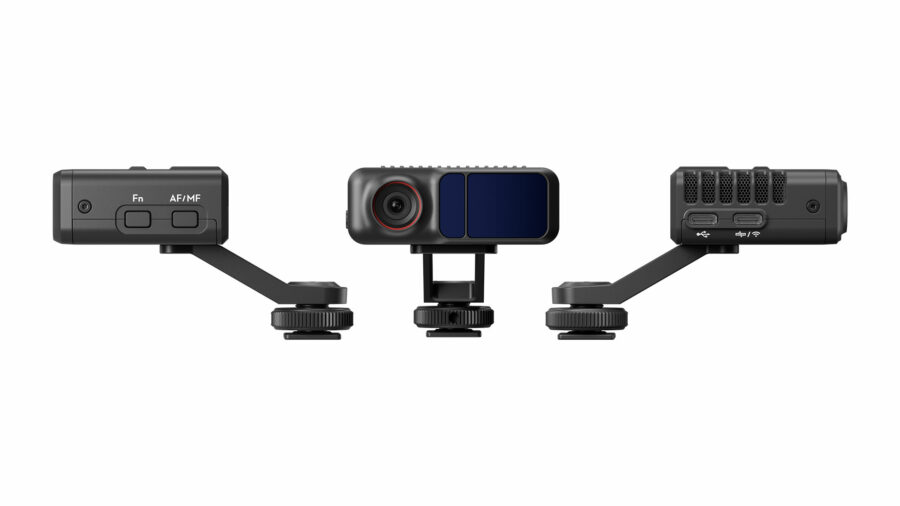
DJI Focus Pro LiDAR module – features
The new LiDAR module is at the core of the DJI Focus Pro ecosystem. As I mentioned, it attaches to the top of your camera via a cold-shoe mount or 1/4″-20 screw. While it might look similar to its predecessor, this new Focus Pro LiDAR module now has 76.800 ranging points, nearly twice as much as the previous model, with “only” 43.200 ranging points. This increase in ranging points means that it should be more accurate.
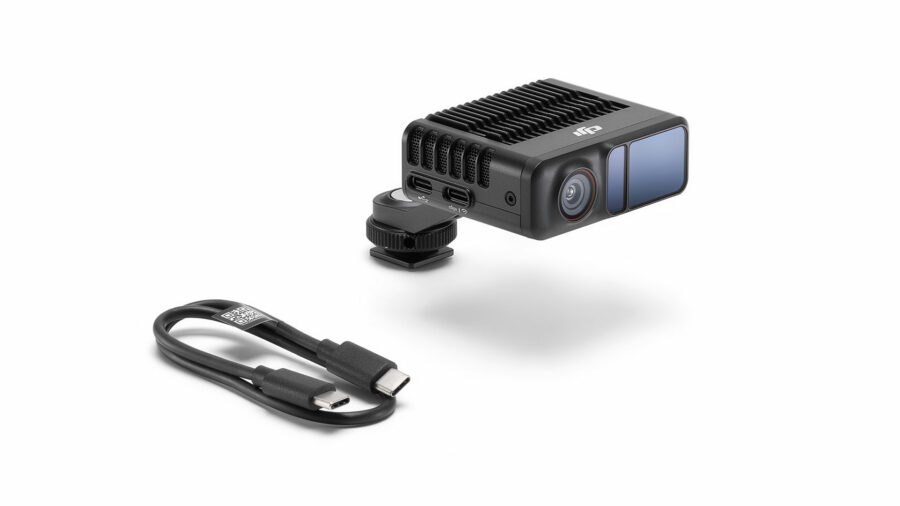
Also, the maximum range has been increased from 14m/46ft to 20m/65ft. The focus field of view is still 70°, and the built-in camera still has a 30mm equivalent lens.
DJI claims that the Focus Pro LiDAR module can recognize humans and vehicles and lock on them, as well as perform multi-subject focus transitions and flex spot mode to focus where you want.
On the right side of the Focus Pro LiDAR module, you’ll find two USB Type-C ports, including one for power and one for camera control. You still need to power this module externally, but the Focus Pro Grip can power the LiDAR and Motor modules for up to 2.5 hours.
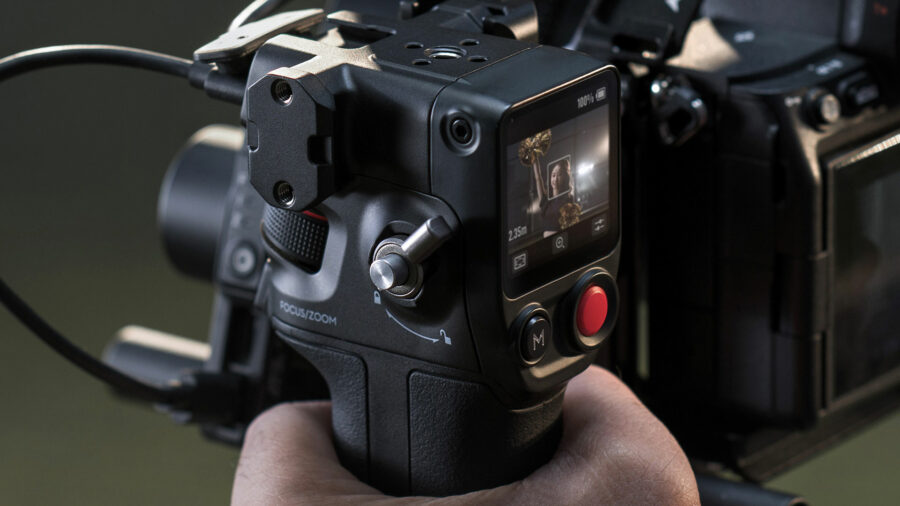
DJI Focus Pro Grip
The DJI Focus Pro ecosystem is an entirely independent LiDAR focus system because of the Focus Pro Grip. Indeed, you can use the Focus Pro motor and LiDAR modules with your DJI RS 4 PRO gimbal, but you can also use them independently with the Focus Pro Grip.
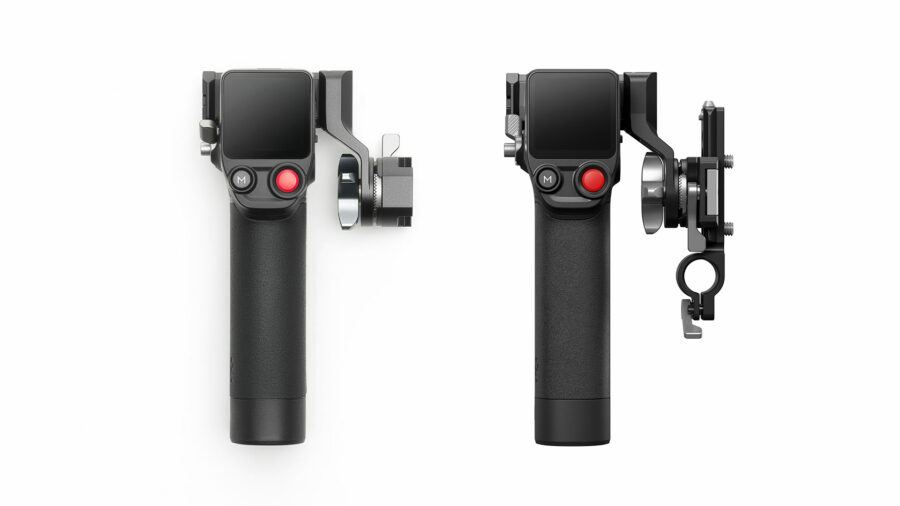
The Focus Pro Grip attaches to the left side of your camera via a NATO rail. You can adjust the handle of the grip via a rosette. Also, it comes with a NATO rail that attaches to your camera cage via two 1/4″-20 screws and also features a 15mm rod mount for the Focus Pro motor.
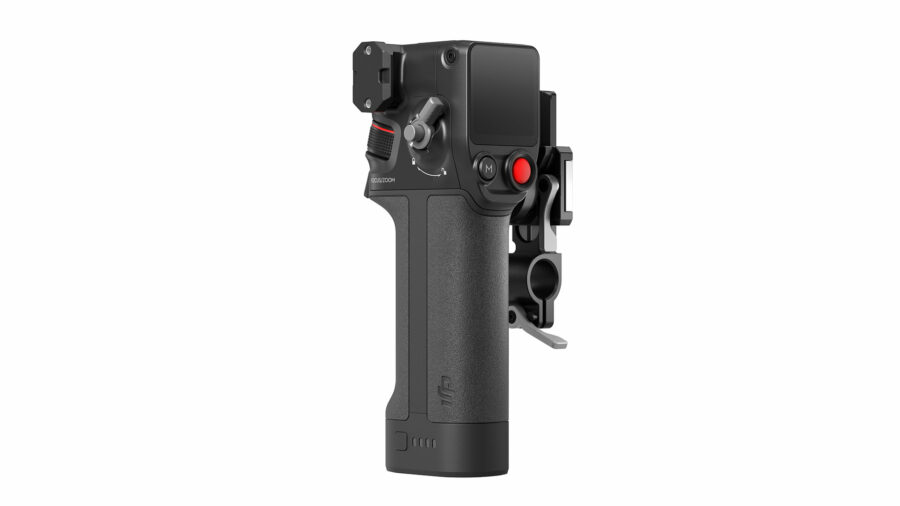
The Focus Pro Grip looks similar to DJI gimbals. It includes a 1.8″ OLED touchscreen display, a focus wheel, a removable battery, a menu button, and a Rec start/stop trigger button.
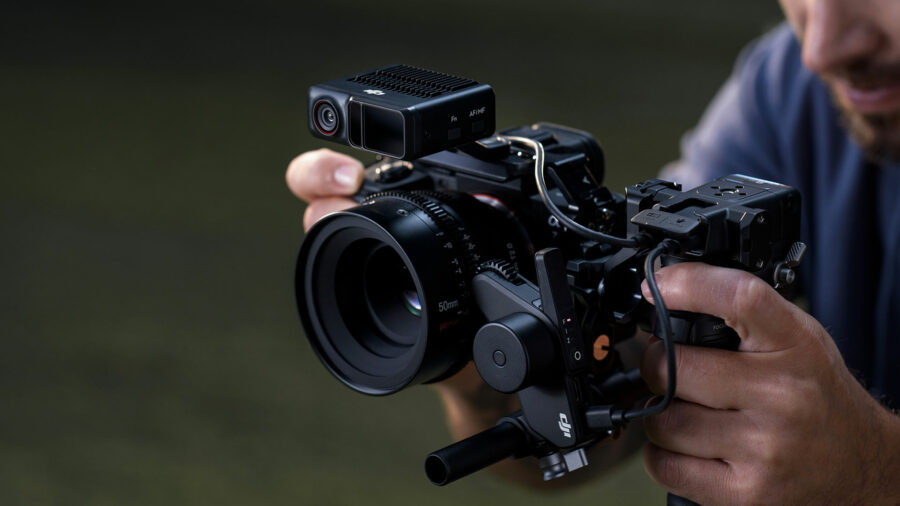
At the back of the Focus Pro Grip, you’ll find two USB Type-C ports: one to power the DJI Focus Pro motor and one for the LiDAR module. According to DJI, the battery life can be up to 2.5 hours.
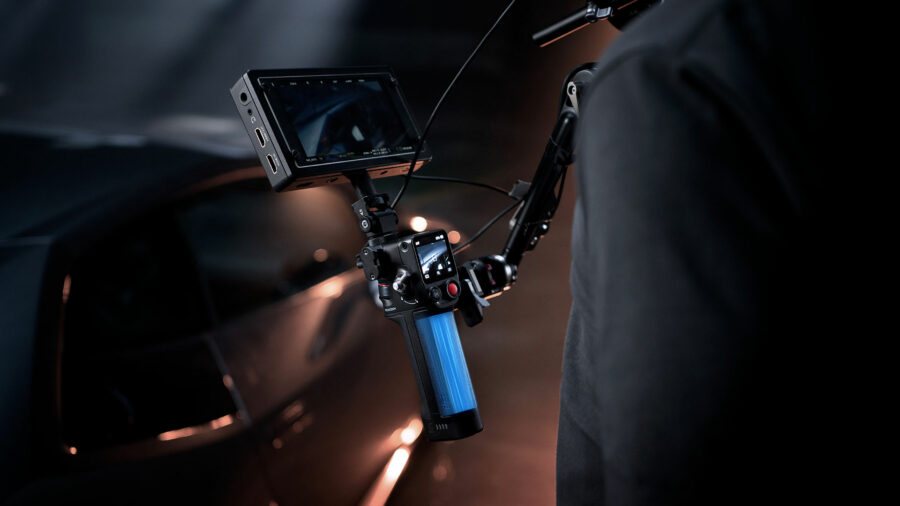
The 1.8″ OLED touchscreen display allows you to control the Focus Pro Grip, see the image from the LiDAR module’s camera, store up to 15 lens data profiles, and switch between Auto/Manual and AMF/Manual focus within seconds in case of interference or focus lost.
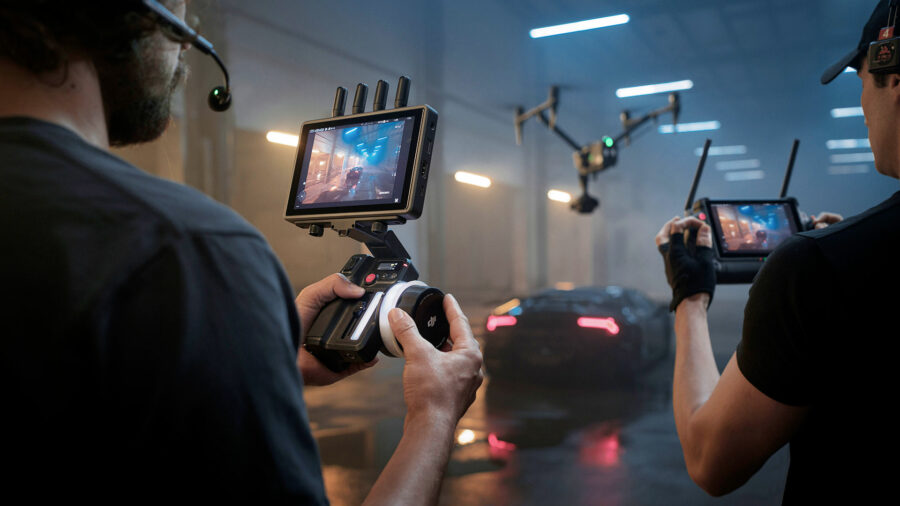
DJI Focus Pro Hand Unit – features
Lastly, DJI introduced the Focus Pro Hand Unit, a Focus/Iris/Zoom (FIZ) controller. According to DJI, the hand unit features “Magnetic Damping” with “step-less real-time damping coefficient adjustments and electronic A-B point marking mode.”
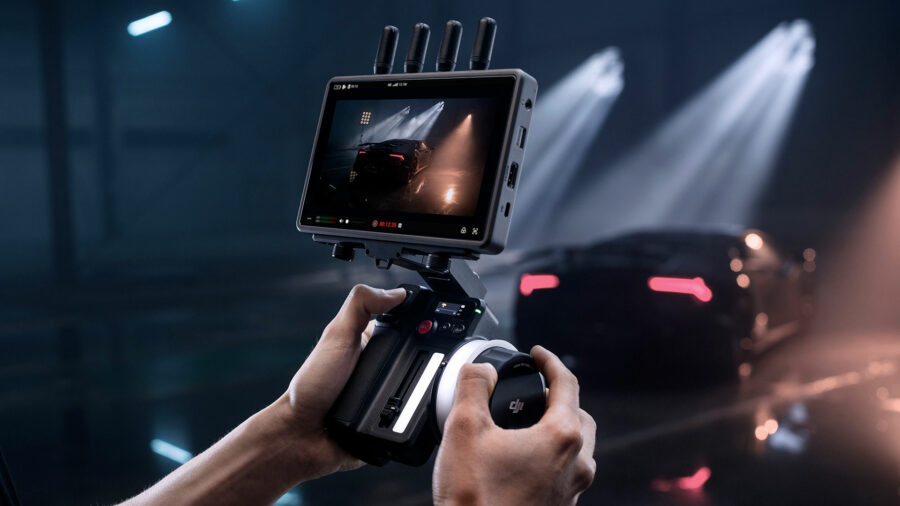
On the unit, you’ll find a focus wheel with a claimed latency of only 10ms and a communication distance of 160m/524ft. Also, there is a slider to adjust the aperture and a rocker-style button to change the focal length. Furthermore, there is a start/stop recording button that communicates via Bluetooth to your camera. The Hand Unit is also compatible with the DJI Ronin 4D and High-Bright Remote Monitor, so it integrates perfectly into DJI’s Pro ecosystem.
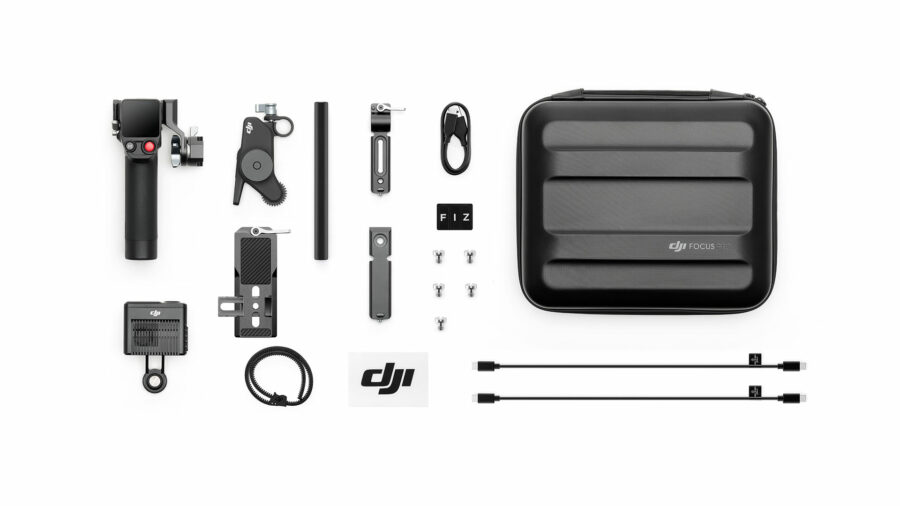
Price and availability
The DJI Focus Pro Creator Combo is available now for €899 and includes the DJI Focus Pro LiDAR module, the Focus Pro Grip, one Focus Pro motor, and a carrying case with cables and screws.
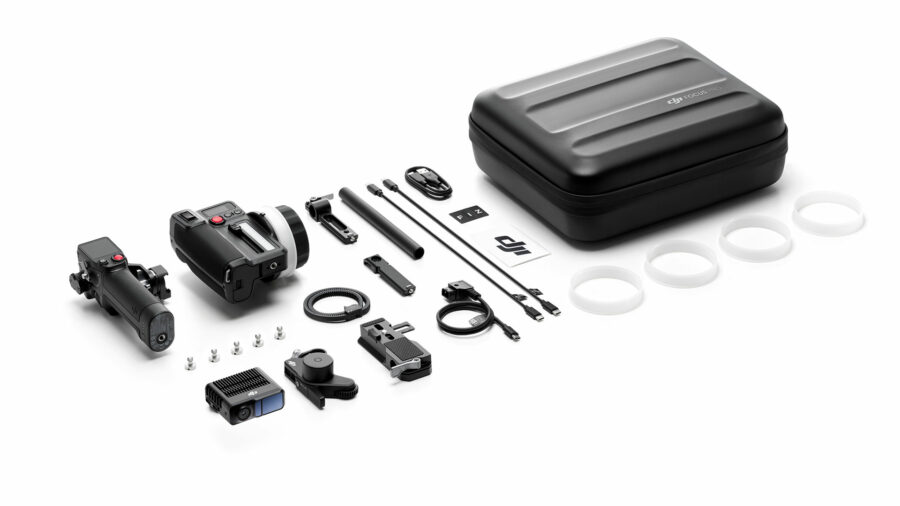
A DJI Focus Pro All-In-One Combo is also available for €1,649 and includes the DJI Focus Pro Hand Unit with four marker disks.
Last but not least, you can get all products independently: the DJI Focus Pro LiDAR is €619, the DJI Focus Pro Grip is €319, the DJI Focus Pro Motor is €139, and the DJI Focus Pro Hand Unit is €819.
For more information, please visit DJI’s website here.
What do you think about the DJI Focus Pro ecosystem? Would it be a nice addition to your kit? Have you ever tried LiDAR focusing systems? Don’t hesitate to let us know in the comments below!






